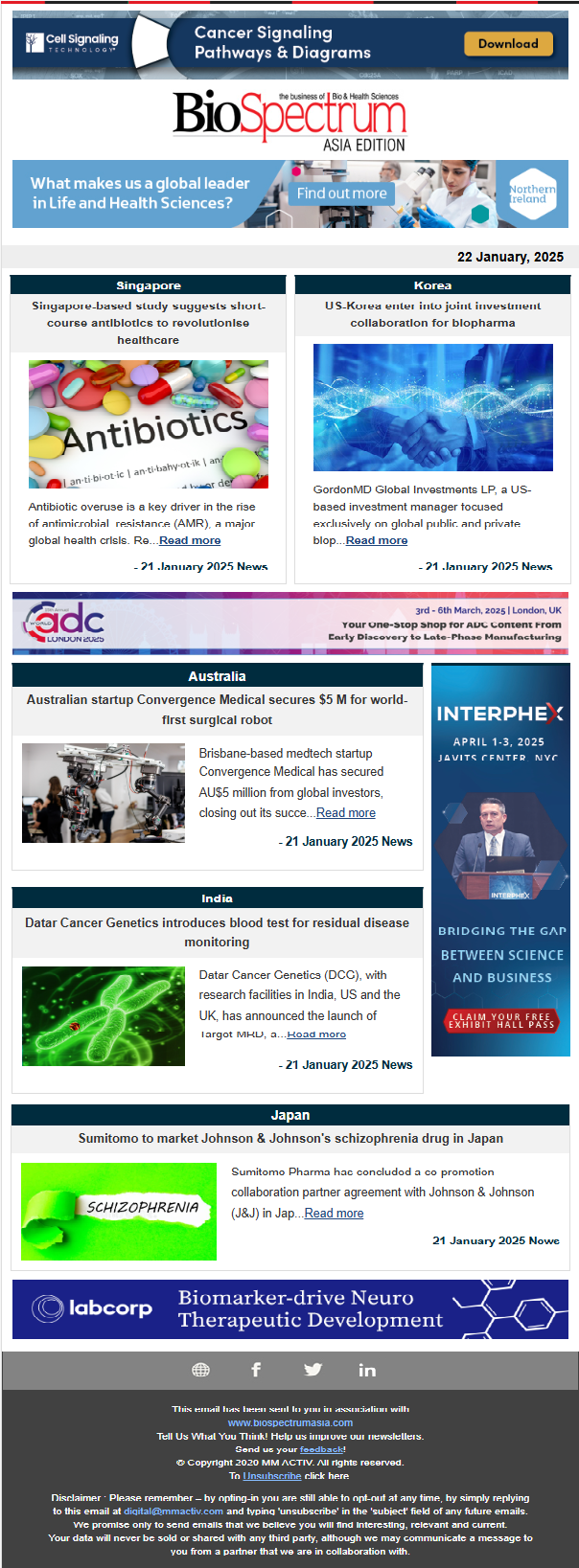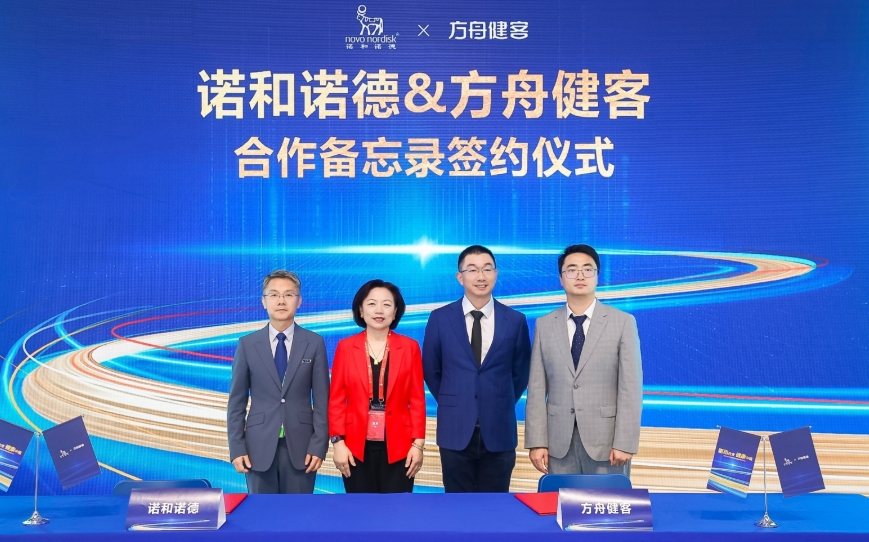
Datamonitor Healthcare from Citeline (formerly Pharma Intelligence) estimates that in 2021, there were approximately 128.1 million prevalent cases of diabetic nephropathy (DN) in adults aged 20 years and older with type 2 diabetes worldwide, and forecasts that number to increase to 138.2 million prevalent cases by 2027, driven by population demographics. Approximately 30 per cent of diagnosed diabetics are also diagnosed with DN. However, screening practices differ between countries and local health systems, which can impact patients identified for treatment.
According to a recent report, DN may occur in 19–30 per cent of diabetics, depending on the region of the world. It is a leading cause of end-stage renal disease (ESRD) in the developed world, although patients can have a quite variable course, and only a minority progress to ESRD with contemporary treatment. DN also imparts a higher risk for cardiovascular disease (CVD) beyond that for diabetes alone.
Connection with heart failure
Heart failure (HF) is a significant co-morbidity in DN, especially in more advanced patients. American Diabetes Association (ADA) guidelines recommend sodium-glucose cotransporter 2 (SGLT2) inhibitors with a demonstrated benefit to reduce the risk of Hypertensive Heart Failure (HHF) in those with Atherosclerotic cardiovascular disease (ASCVD), multiple risk factors, or DN, and also to reduce the risk of worsening heart failure, HHF, and cardiovascular (CV) death in diabetics with heart failure with reduced ejection fraction (HFrEF) or heart failure with preserved ejection fraction (HFpEF). As part of their general recommendation for use of SGLT-2 inhibitors in diabetes patients with chronic kidney disease (CKD), the KDIGO (Kidney Disease: Improving Global Outcomes, a global organisation developing and implementing evidence-based clinical practice guidelines in kidney disease) guidelines on diabetes in CKD note the benefit of these agents on HF, including HF as an outcome that is critically important to patients, in addition to CV and kidney outcomes.
For cardiometabolic benefits, they also note that while glucagon-like peptide 1 receptor (GLP-1) agonists and SGLT-2 inhibitors reduce MACE (Major adverse cardiovascular events) to a similar degree, GLP-1 receptor agonists may be preferred for ASCVD, whereas there is currently stronger evidence for SGLT-2 inhibitors for reduction in HF and CKD progression. Still, they emphasise that SGLT-2 inhibitors should be preferred as initial therapy in diabetics with CKD.
For renin–angiotensin–aldosterone system (RAAS) inhibitors, the other KDIGO guidelines not specific to diabetes note that angiotensin-converting-enzyme (ACE) inhibitors and angiotensin receptor blockers (ARBs), which are standard HF treatments, have also shown a benefit in HF patients with CKD. Similarly, as noted above, the American College of Cardiology (ACC) consensus decision pathway includes HF in the comorbidities for which it recommends SGLT-2 inhibitors in diabetics. Updated American Heart Association (AHA)/ACC/ Heart Failure Society of America (HFSA), heart failure guidelines also recommend SGLT-2 inhibitors for type 2 diabetics with established CV disease or high risk to prevent HHF, and for those with HFrEF to reduce HHF and CV death. They say the agents may be beneficial in those with HFpEF or HF with mid-range ejection fraction (HFmrEF) to reduce HHF and CV death. They also recommend ACE inhibitors and, if those are not tolerated, ARBs for HFrEF patients, but only when use of the combination angiotensin receptor/neprilysin inhibitor Entresto is not feasible. ACE inhibitors and ARBs may also be considered in HFmrEF and ARBs in HFpEF.
Treatment modalities
The SGLT-2 inhibitors are renewing the genericised market due to their renal and CV benefits in DN patients. Along with mineralocorticoid receptor antagonist (MRA) Kerendia, they are expected to continue to grow the market in the intermediate term, with sales growth slowing in 2026 and then eventually declining as the SGLT-2 inhibitors lose patent protection.
Even before approvals in DN, SGLT-2 inhibitors were used to treat diabetes in DN patients, albeit hampered by some side effects and waning antiglycemic efficacy with more advanced CKD. Members of the class have also been found to have benefits in important CV comorbidities – especially HF, but also in some situations CV death or MACE – leading to label expansions, which along with specific approvals for DN and/or broader CKD have spurred sales growth in the class as a whole, though in the US this has been somewhat offset by net price declines. Invokana was the first SGLT-2 inhibitor with a type 2 DN indication, but has been unable to capitalise much on it due to concerns about a possible increased risk of amputations. Farxiga was approved for CKD in the US in April 2021 based on stellar results from a CKD trial that included both diabetics and non-diabetics, and Jardiance’s pivotal trial was halted in 2022 due to a positive interim analysis, with details pending.
MRA Kerendia was approved, starting in 2021, for reducing the risk of renal and CV events in DN. It showed renal and CV benefits in its pivotal Finerenone in Reducing Kidney Failure and Disease Progression in Diabetic Kidney Disease (FIDELIO-DKD) Phase III study in type 2 DN, and CV benefits with a numerical renal composite improvement in its Finerenone in Reducing Cardiovascular Mortality and Morbidity in Diabetic Kidney Disease (FIGARO-DKD) study of a broader group of DN patients. However, in the latter, unlike FIDELIO-DKD, the CV benefit was only seen in HHF. Moreover, in general, its renal benefit and impact on HHF do not appear as strong as for Farxiga in its renal trial, though this could be due to trial differences. Kerendia also has a trial in non-diabetic CKD, as well as HFpEF, so it will be interesting to see how it fares in those. The company hopes to differentiate Kerendia by its mechanism of action, with effects on inflammation/fibrosis, as well as specialists not having to adjust diabetes medications, as for SGLT-2 inhibitors. It also is planning to build awareness of the importance of earlier testing for DN.
Clinical trials landscape
Phase I–IV clinical trials for primary investigational drugs with at least one industry sponsor in the diabetic nephropathy space in the curated Trialtrove database from Citeline. Drugs do not need to be tested in as many combinations with other classes as in diabetes pivotal trials, and success in Phase II is somewhat lower, so there are relatively fewer Phase III trials in DN. Since drugs may be investigated first in other indications, there are also relatively fewer Phase I studies. Phase I/II and Phase II/III trials are counted as Phase II and Phase III, respectively.
Apt choice of drugs
The DN market is complex because in addition to specific mechanisms that directly impact the disease, blood pressure and glycemic control are additional general targets that affect the condition. Moreover, there is high CV risk in DN patients, and many physicians may be more concerned about that than the risk of end-stage renal disease, especially in patients who aren’t in the advanced stage. Hence, drugs that directly impact DN and also benefit these other targets or have a CV benefit, can have a competitive advantage.
Poornachandra Tejasvi K, Senior Director, Emerging Markets - India, Citeline




